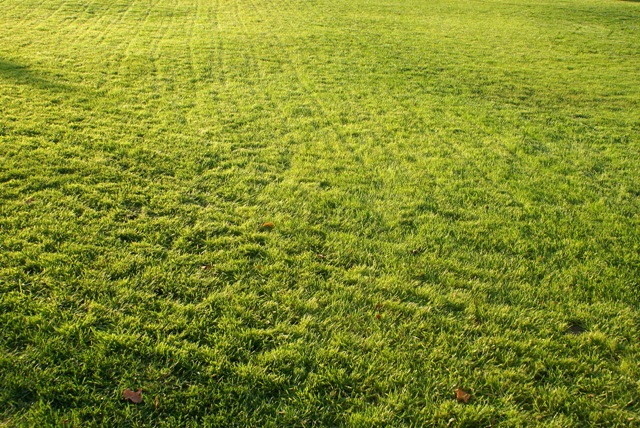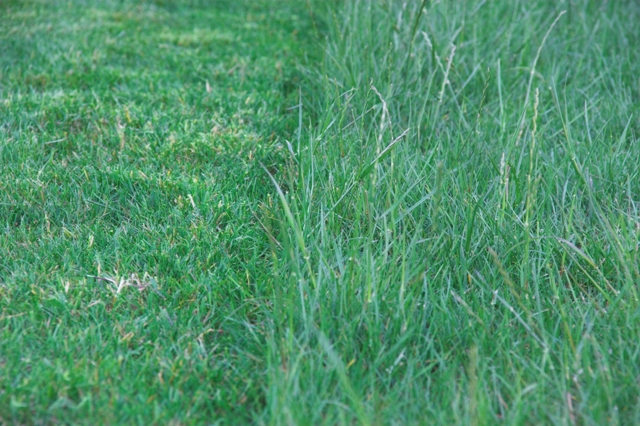




Establishing Lawn and Turf
 Every homeowner dreams of a beautiful long-lasting lawn. Care for your turf and lawn really is not that difficult once you establish what type is suitable for your location and climate. With some initial investment in time and effort, you can have a healthy, beautiful lawn. Healthy well-maintained lawns will actually crowd out weeds and minimize the need for chemical controls.
Every homeowner dreams of a beautiful long-lasting lawn. Care for your turf and lawn really is not that difficult once you establish what type is suitable for your location and climate. With some initial investment in time and effort, you can have a healthy, beautiful lawn. Healthy well-maintained lawns will actually crowd out weeds and minimize the need for chemical controls.
To begin, select the proper grass seed or sod blend appropriate for the area to be planted. Take a soil test to determine the fertilizer and lime needs of your lawn. After the test, the soil should be spaded or tilled to a depth of 4-6 inches, incorporating recommended rates for fertilizer and lime. Rake the area to remove any debris and stones larger than a quarter. Area should also be graded for proper movement of water.
Once the soil preparation is completed, you can begin seeding the lawn. Grass seed should be applied with a spreader recommended for the specific seed blend. If possible, the seed should be spread in two directions, at ninety degrees to one another. The seed should be lightly covered by raking or rolling into the soil. Be certain not to cover the seed more than 1/4 inch.
Mulch the seeded area with straw or burlap to help retain moisture. Water immediately and repeat as necessary to avoid allowing the surface to dry. Water should be done in the early morning or evening. Try to avoid watering in the middle of the day. This can cause the area to burn up. Do not water overnight – too much moisture will cause seed decay and inhibit disease. Try to maintain a wet layer of at least 1″ deep uniformly across the area.
 Mowing should be done when grass reaches 3-4 inches in height. The mower should be set at 2-3 inches. Never mow off more than 1/3 of the grass blade. Watering should continue through the second or third mowing, and during dry spells for the first year. For proper fertilizer and weed control, consult a horticultural professional for assistance.
Mowing should be done when grass reaches 3-4 inches in height. The mower should be set at 2-3 inches. Never mow off more than 1/3 of the grass blade. Watering should continue through the second or third mowing, and during dry spells for the first year. For proper fertilizer and weed control, consult a horticultural professional for assistance.
If you need to sod your yard, prepare soil as stated above. Install the sod so that all seems are butted closely together and no portion is overlapped or tuned under. Finished sod areas must be rolled. Water should be applied to the point of total saturation over all areas. As needed, water until the first mowing to prevent drying out. After the first mowing, repeat until sufficient root growth has been re-established. Watch for discoloration and drying, and water as needed.
The Pennsylvania Landscape and Nursery Association (PLNA) recommends you ask a member for advice and guidance whenever you are working on your landscape. The PLNA is an organization working to improve the professional standards for the landscape and nursery industry.


